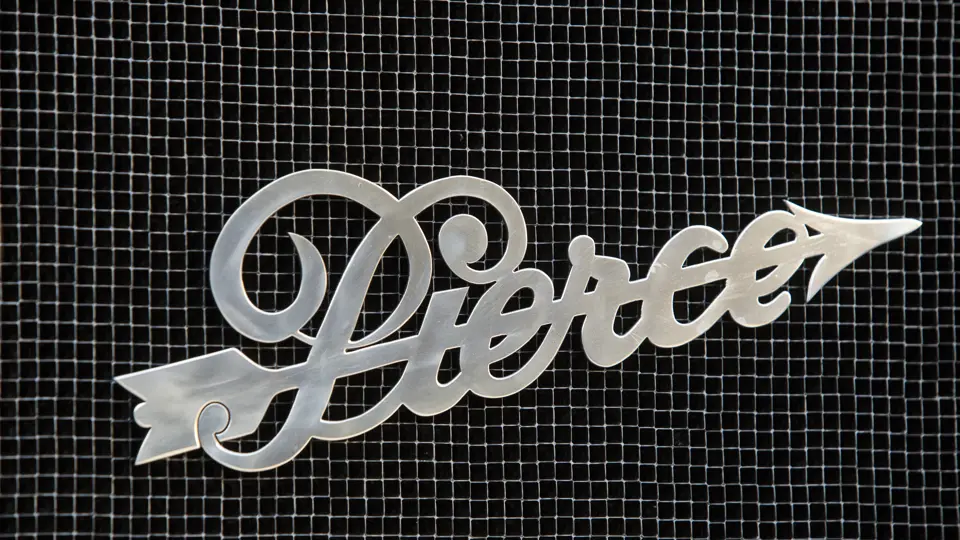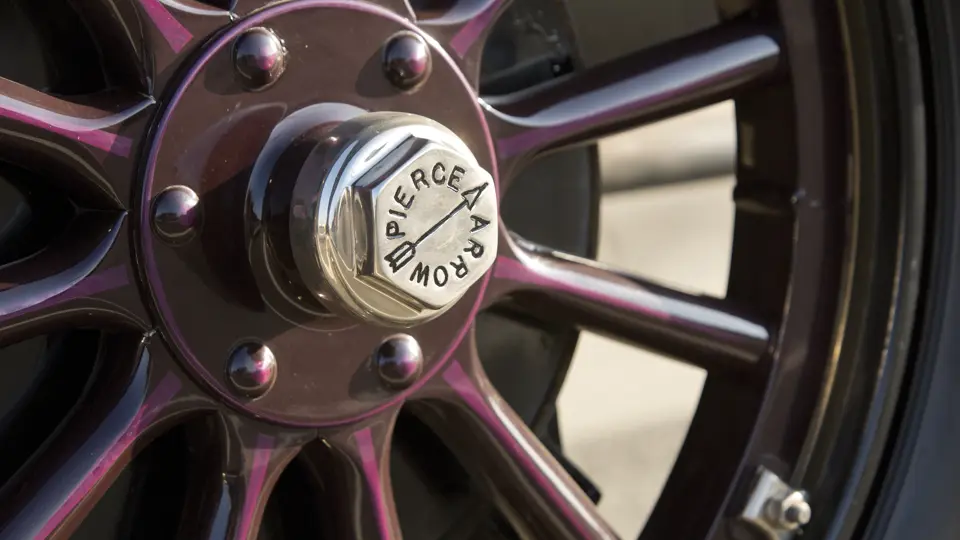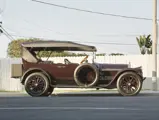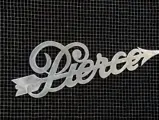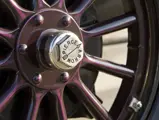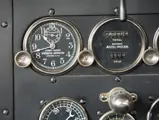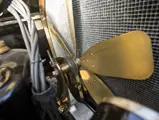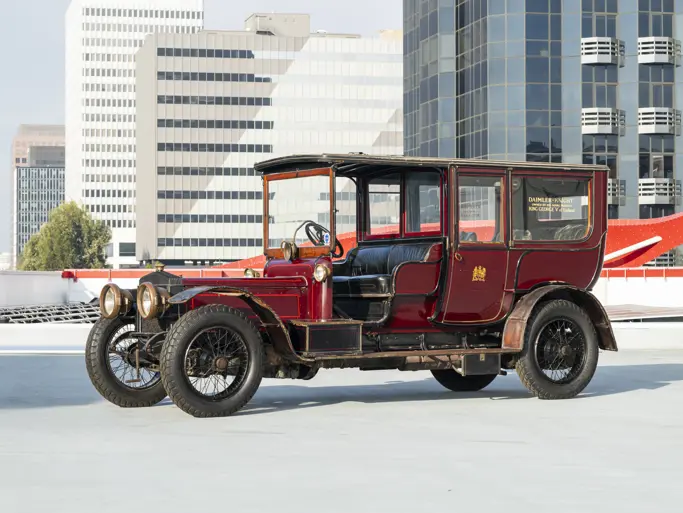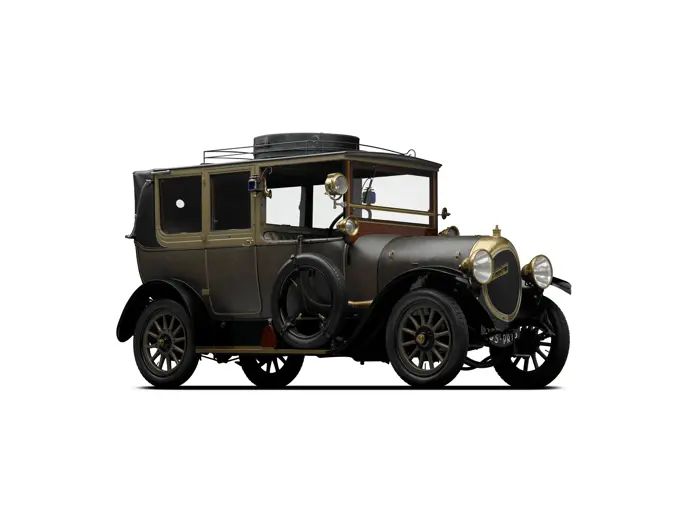
1915 Pierce-Arrow Model 48-B-3 Seven-Passenger Touring
{{lr.item.text}}
$198,000 USD | Sold
{{bidding.lot.reserveStatusFormatted}}
- Restored by respected Pierce-Arrow expert Eric Rosenau
- Formerly owned by Pat Craig and George Van Beek
- A veteran of many HCCA tours
- Correctly presented and well-equipped with desirable period accessories
Series Three. 48 bhp (NACC rating), 524 cu. in. T-head inline six-cylinder engine with aluminum crankcase, four-speed manual transmission, shaft drive, semi-elliptic leaf-spring front suspension with Westinghouse air-spring shock absorbers, three-quarter elliptic rear leaf-spring suspension, and two-wheel mechanical rear drum brakes. Wheelbase: 142 in.
The enduring reputation that Pierce-Arrow enjoys today owes no small credit to the systematic approach of its entry into the fledgling automobile business at the dawn of the 20th century. Investigations into horseless carriages progressed from steam to internal-combustion engines, with Pierce’s final choice being made clear in January 1901, when David Fergusson was hired to lead the company’s gasoline-powered design work.
The first cars to carry the Pierce-Arrow name included the company’s first six-cylinder engines, which were rated at 36, 48, and 60 horsepower. By 1910, only sixes were built, setting the precedent for all subsequent Pierce-Arrows until the eight-cylinder engine debuted for 1929. In 1913, Herbert Dawley, who oversaw Pierce-Arrow design since 1907, patented the signature Pierce-Arrow headlight design, which integrated the headlights with the front fenders.
The Pierce-Arrow sixes featured cylinders that were cast in pairs and supported by aluminum crankcases. Every component was of the finest quality, and the marque’s T-head engines were among the most powerful. Quality control was impeccable, with all engines being dynamometer-tested for performance before being completely disassembled, inspected, and tested yet again for smoothness. The mighty NACC-rated 48-horsepower engines actually produced 92 horsepower or more on the Pierce-Arrow dynamometers, delivering more true power than many of the company’s competitors.
Customers usually specified which colors, interior materials, and accessories they wanted, and Herbert Dawley frequently visited clients to work with them and translate their specific requests into physical reality. In short, with their almost obsessive quality, Pierce-Arrow’s sixes were arguably the finest American-designed automobiles of the 1910s and 1920s.
This 1915 Model 48 Seven-Passenger Touring is one of only four known examples to remain in existence. David and Fred Weber, of St. Louis, Missouri, acquired it in about 1975, and they commissioned a new cast aluminum body from renowned Pierce-Arrow guru Eric Rosenau. In 1993, the car was acquired from the Webers by another noted Pierce-Arrow enthusiast, Patrick Craig, who had the restoration completed, with upholstery work being done by Ken and Cindy Nemanic.
In 1996, Mr. Craig sold the car to George Van Beek, of Portland, Oregon. Mr. Van Beek and his wife drove the car a remarkable 27,000 miles in Horseless Carriage Club touring events throughout their 15 years of ownership. During that time, the Pierce-Arrow only suffered one mechanical failure, a broken ring gear that was replaced with factory high-speed gears, which is a true testament to the car’s high-quality restoration and the exacting quality of its original manufacturer.
The car remains in excellent condition, with a deep maroon finish, beltline and wheel accents, and a black folding top. Other desirable features include folding jump seats, dual side-mounted spare tires, a correct rear trunk rack with an original trunk, and very nice brightwork. Another interesting feature is a pair of Westinghouse air-spring front shock absorbers, which are complete with the manufacturer’s tags. This Model 48, which has been described by Mr. Craig as “breathtaking to drive,” remains correctly presented throughout, with the sole thoughtful exception being a switch from the correct 1913-vintage barrel-type carburetor to an improved Series Four carburetor of the type introduced for 1916.
As one of only four known examples remaining today, this 1913 Pierce-Arrow Model 48 Touring is immensely desirable on several levels, and it embodies the Pierce-Arrow marque at its finest. Pierce-Arrow automobiles of all production years remain highly regarded even today for their mechanical sophistication and drivability. This high-horsepower motor car was recently the recipient of a full service, and it a proven touring candidate. This Model 48 is perfect for any number of different driving events, and its rarity will certainly make it a welcome sight on the concours circuit.




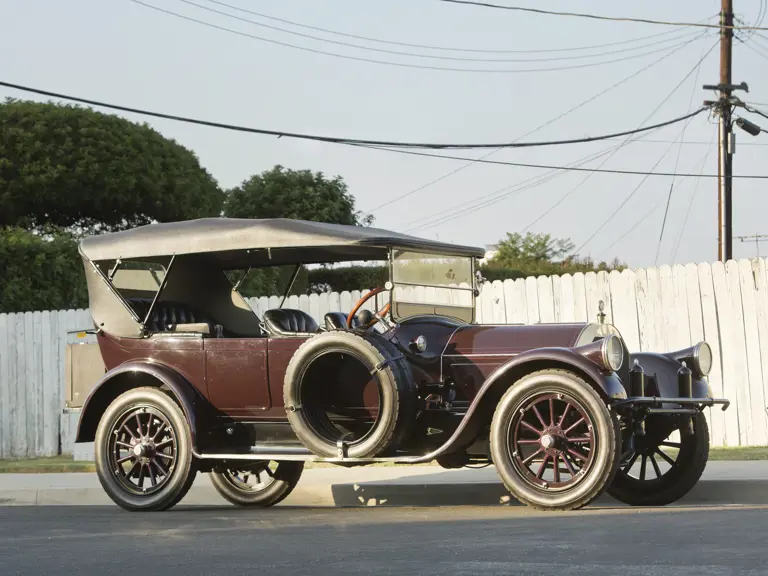

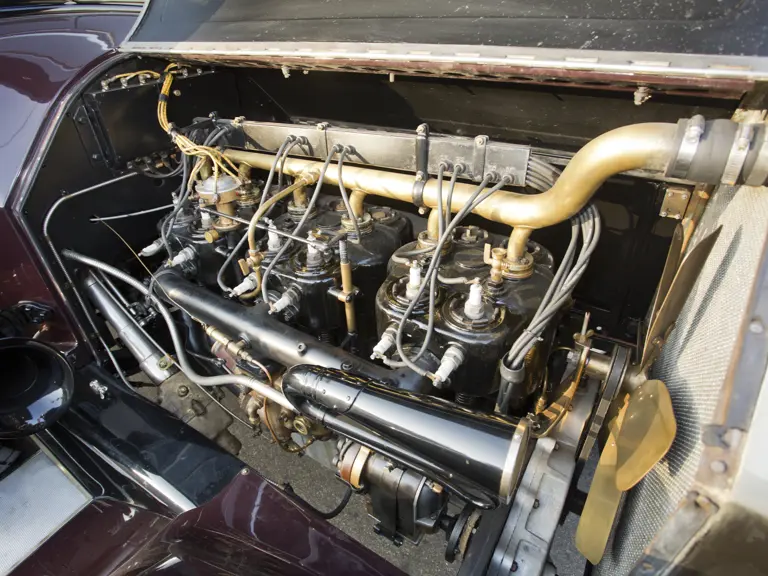
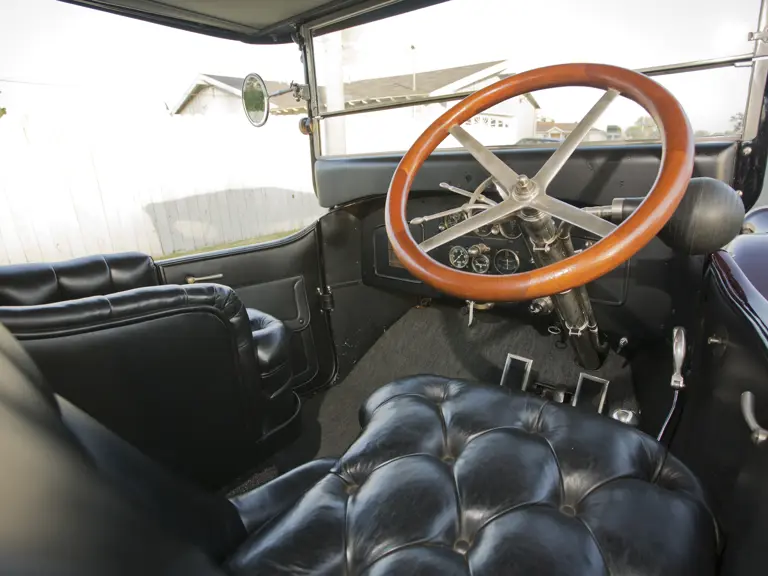

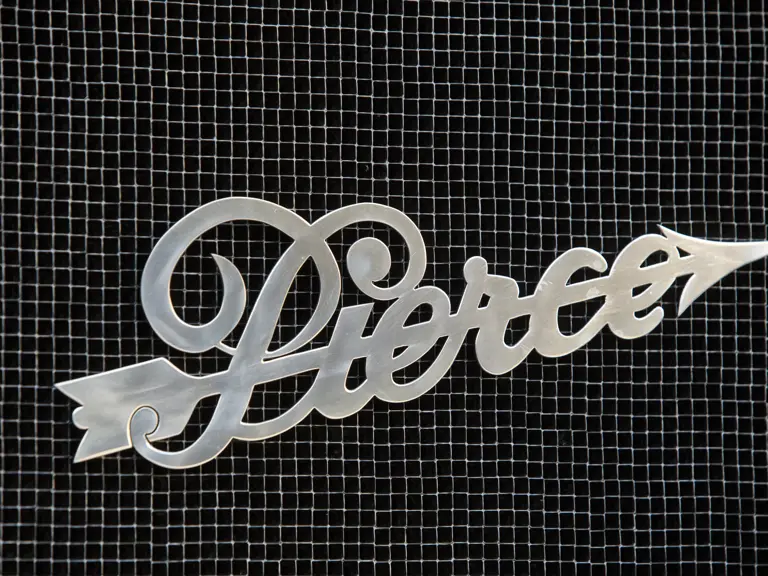
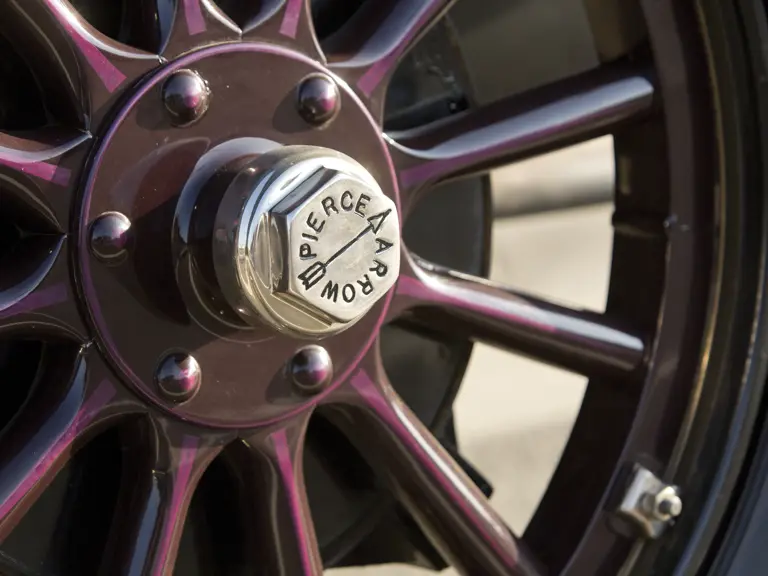
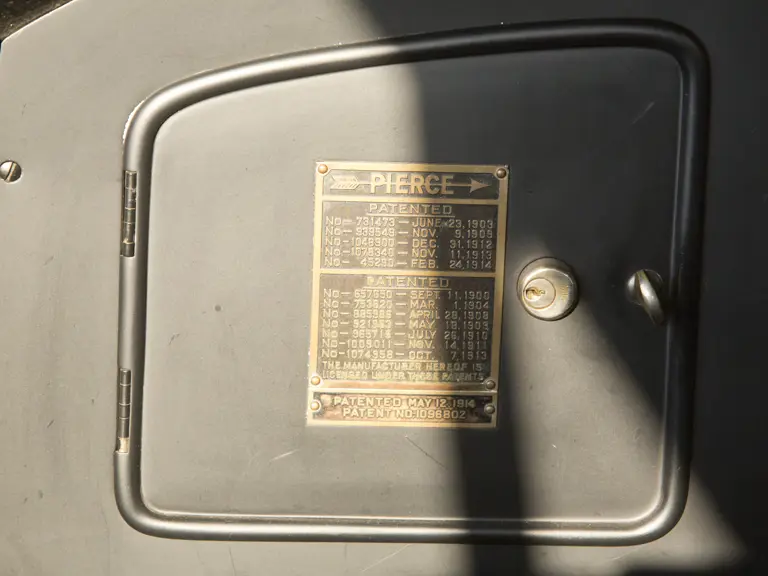
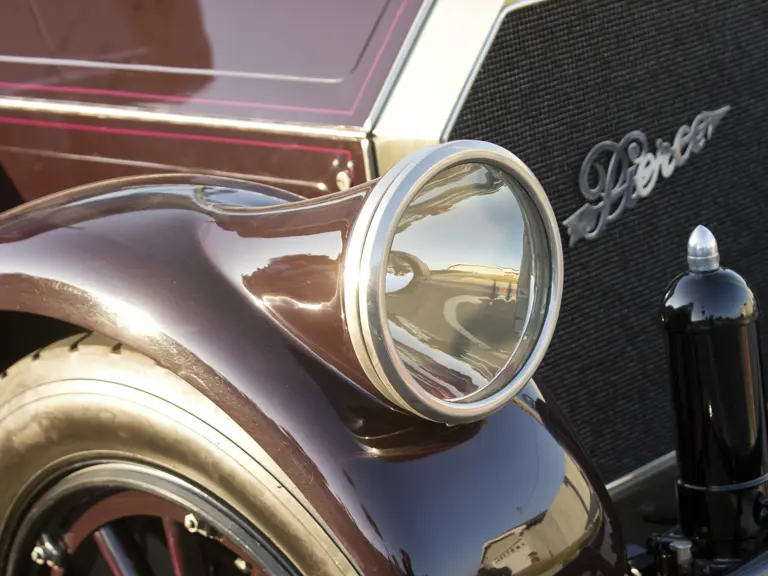
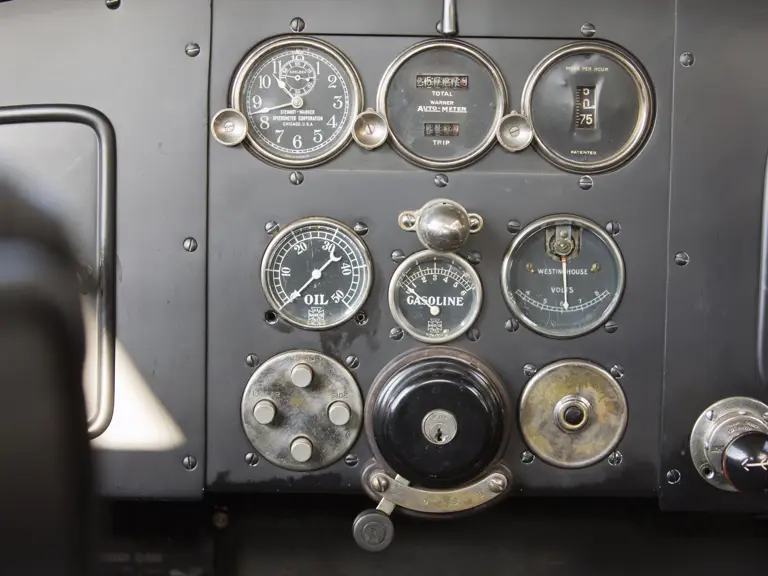
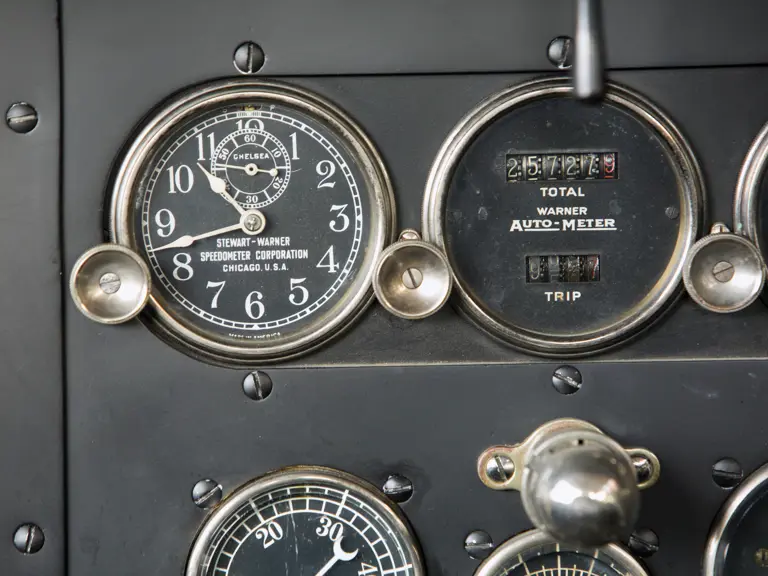

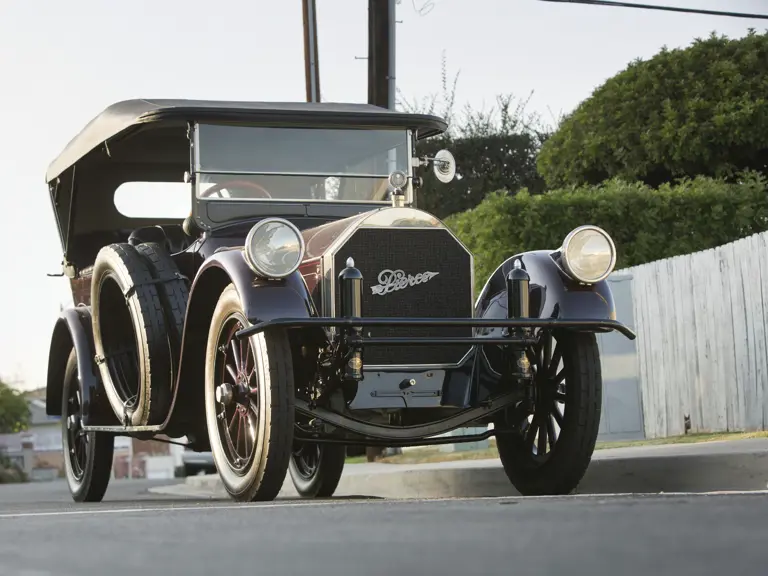
 | Phoenix, Arizona
| Phoenix, Arizona

